Why Cross-Agency Collaboration Should Be Your D2C Brand's Secret Weapon
In the fast-paced world of direct-to-consumer ecommerce, success rarely comes from working in silos. Recently, I've observed a powerful practice among our most successful clients that dramatically improves marketing effectiveness while reducing friction - monthly cross-agency strategy meetings.
The Silver Platter Approach to Agency Management
One of our standout clients has implemented what I consider a gold standard for agency collaboration.
Every month, he hosts a comprehensive strategy meeting that brings together all marketing stakeholders; his internal team, the acquisition agency, the web development team, and us, who’s handling retention.
What makes this approach remarkable isn't just the meeting itself, but the preparation and transparency that goes into it. Before each session, he creates a detailed deck outlining:
Current business performance
Changes to strategic direction
Updated priorities and focus areas
Key goals and targets for the coming month
Challenges or obstacles that need addressing
Rather than making agencies dig for this critical information (as we often must), he presents everything on what I call a "silver platter", clear, comprehensive, and ready to action.
The Ripple Effects of Strategic Transparency
The impact of this approach extends far beyond simple efficiency. Here's what happens when D2C brands commit to this level of cross-agency collaboration:
1. Accelerated Execution
When agencies have complete context upfront, they can skip the discovery phase and move directly to execution. We've seen implementation times shrink dramatically when we're not spending hours piecing together the business strategy puzzle. For fast-moving D2C brands, this acceleration can mean the difference between capitalizing on a market opportunity or missing it entirely.
2. Aligned Priorities Across Channels
In the typical multi-agency scenario, your acquisition team might be pushing one message while your retention efforts focus on something completely different. With everyone receiving the same strategic direction simultaneously, messaging and priorities naturally align across the customer journey.
3. Resource Optimization
When agencies understand the full picture, they can better allocate resources toward what truly matters to your business right now. No more wasted effort on initiatives that aren't current priorities.
4. Trust-Based Collaboration
Perhaps the most valuable outcome is the collaborative environment that develops. In these meetings, our client encourages open questioning and discussion in what he describes as a "very trusting situation." This psychological safety creates space for better ideas, honest feedback, and creative problem-solving.
The Remote Work Advantage
This approach becomes even more valuable in a remote-first world. One persistent challenge of distributed teams is the loss of informal information sharing that naturally happens in an office environment.
By creating a structured forum where everyone sees each other's faces at least monthly, our client effectively counteracts the isolation that can develop between remote teams. It's a simple yet powerful reminder that we're all working toward the same goals.
How to Implement This in Your Business
If you're inspired to adopt this approach, here's how to get started:
Schedule a recurring monthly meeting that includes all your marketing partners: internal team, agencies, and key contractors.
Create a standardised deck template that covers business updates, strategic shifts, priorities, and challenges.
Establish ground rules that encourage open discussion, questions, and feedback.
Record sessions for team members who can't attend live, ensuring everyone has access to the same information.
Follow up with clear action items that specify owners and deadlines.
The Return on Investment
The investment is minimal, one meeting per month and some preparation time, but the returns are substantial. Our clients who implement this approach consistently see:
Faster campaign execution
Reduced miscommunication
More innovative cross-channel strategies
Better resource allocation
Higher team satisfaction across partners
In an industry where gaining competitive advantage often comes down to execution speed and cohesive customer experiences, this simple practice creates disproportionate value.
Perhaps the greatest testament to its effectiveness is how it transforms the agency-client relationship from transactional to truly collaborative. As both an agency founder and former eCommerce leader, I've experienced both sides, and can confidently say this approach elevates everyone's work and results.
What communication practices have you found most effective in managing your marketing ecosystem? I'd love to hear your experiences in the comments.

